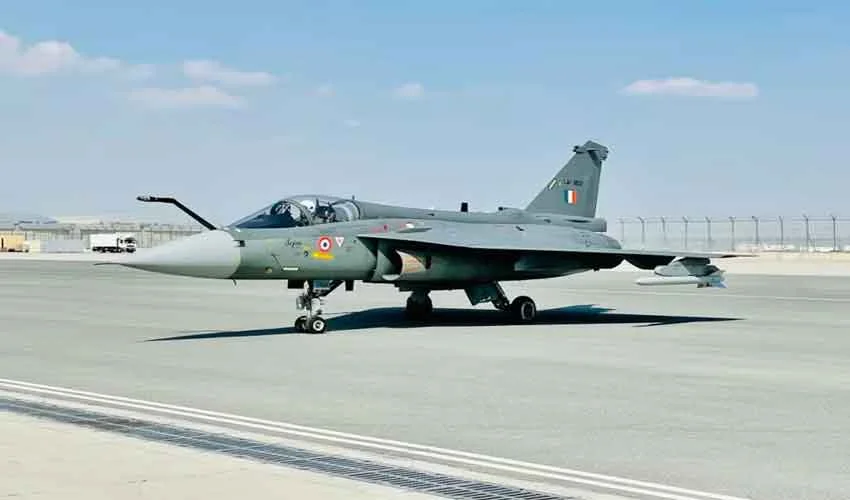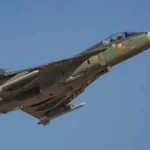defenseIndia’s Tejas fighter aircraft—once hailed as a cost-effective symbol of the country’s Make in India defence push—is now under renewed scrutiny following its crash at the Dubai Airshow. The incident has sparked fresh debate over the jet’s rising costs and export potential.
Manufactured jointly by Hindustan Aeronautics Limited (HAL) and the Aeronautical Development Agency, the Tejas has been central to India’s plans to modernize its air fleet with homegrown technology. In 2021, India signed a major deal for 83 Tejas Mk-1A jets worth around $6.5 billion, bringing the per-unit cost to roughly $43 million, while the trainer version came in at about $39 million.
But newer contracts tell a different story. A 2025 order for 97 upgraded Tejas Mk-1A fighters was priced at $7.8 billion, pushing the per-jet cost close to $80 million. The jump reflects advanced features, inflation, and rising production costs.
defenseFor international buyers, HAL has consistently marketed the Tejas at an estimated export price of about $43 million, aiming to position it as a competitive lightweight fighter. However, the Dubai crash risks dampening global confidence at a time when India is eager to boost defence exports.
As the program evolves, the Tejas faces tough questions—not just about safety, but also about whether it can still deliver on its promise as an affordable and reliable indigenous combat aircraft.
#TejasFighterJet #IndianDefence #HAL #MilitaryAviation #DubaiAirshow #MakeInIndia #DefenceExports







